Security Locked Down: The Nuts & Bolts of Removable Bollards
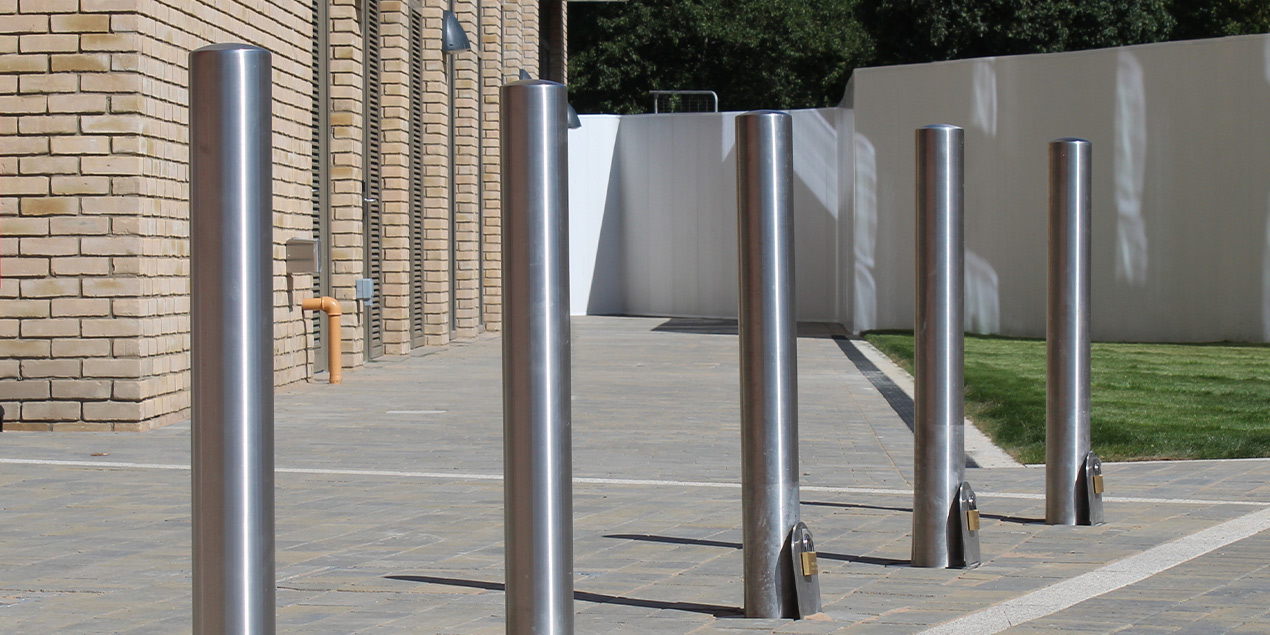
In recent years, cities around the globe have been reevaluating their approach to urban security, and removable bollards have taken center stage. These sturdy, yet temporary, barriers are becoming a common sight in public spaces, and they’re having a major impact on safety and crowd control.
Removable bollards serve a variety of purposes, from safeguarding pedestrians in busy city centers to providing flexible traffic management solutions. They aim to create a balance between providing protection and maintaining the aesthetic appeal of urban landscapes, all while providing the adaptability that fixed bollards cannot.
One of the main advantages of a removable bollard system is its versatility. Unlike permanent bollards, removable bollards can be quickly and easily removed or installed to respond to changing security needs or to accommodate special events. This means that urban areas can remain fluid and accessible, all while being primed to ramp up security measures at a moment’s notice.
In this article, we will explore the various facets of bollards — from the essential lock types in removable bollards, which blend security with convenience, to the impact of material and design on their effectiveness. We’ll examine how manual locking systems contrast with modern automated technologies in ensuring safety and ease of use, and we will highlight the importance of regular maintenance to extend the durability and functionality of these versatile structures.
Bollards: Multifunctional Posts Shaping Our Public Spaces
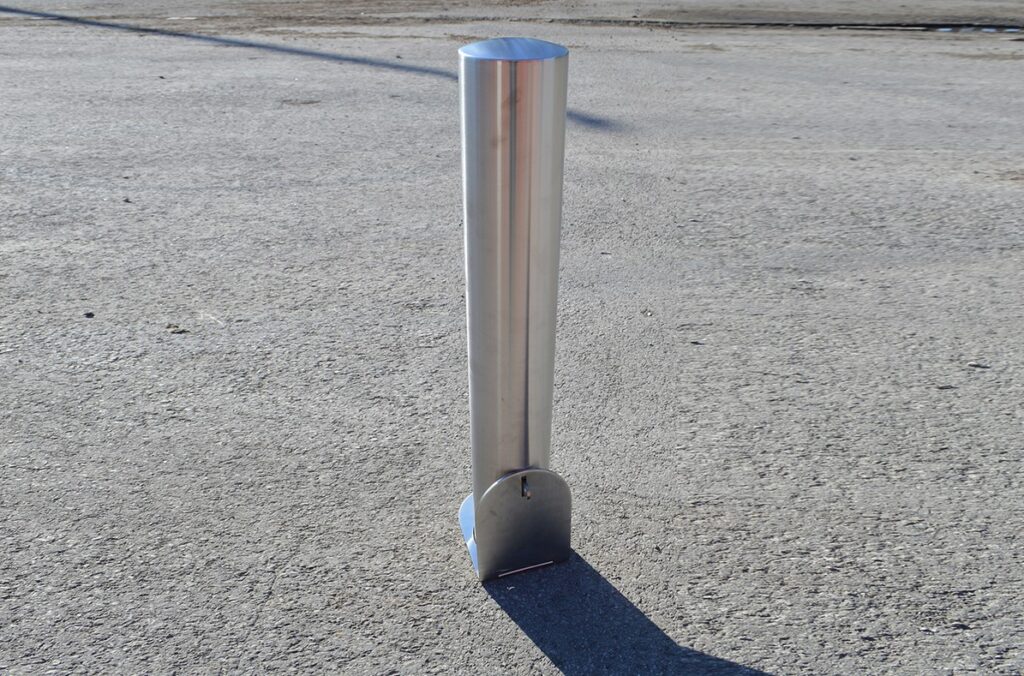
Bollards are versatile structures designed to provide a physical barrier or visual guidance, common in many urban and architectural environments. These sturdy posts, made from materials such as steel, concrete, or plastic, serve multiple purposes: they can secure vulnerable areas against vehicle intrusions, delineate pedestrian spaces, control traffic flow, and even enhance aesthetic appeal with their various designs.
Originally used for mooring ships, bollards have become key safety components in public spaces, effectively protecting storefronts, utilities, and other assets from accidental or intentional vehicular damage.
Their applications extend to creating perimeters around outdoor seating areas for cafes, safeguarding bike lanes, and preserving historical sites. Whether fixed, removable, or retractable, bollards are tailored to meet specific functional requirements while contributing to the overall design integrity of the environments they occupy. Used correctly, bollards can make sizable contributions to both the safety and visual orderliness of our shared spaces.
Essential Lock Types for Removable Bollard Security
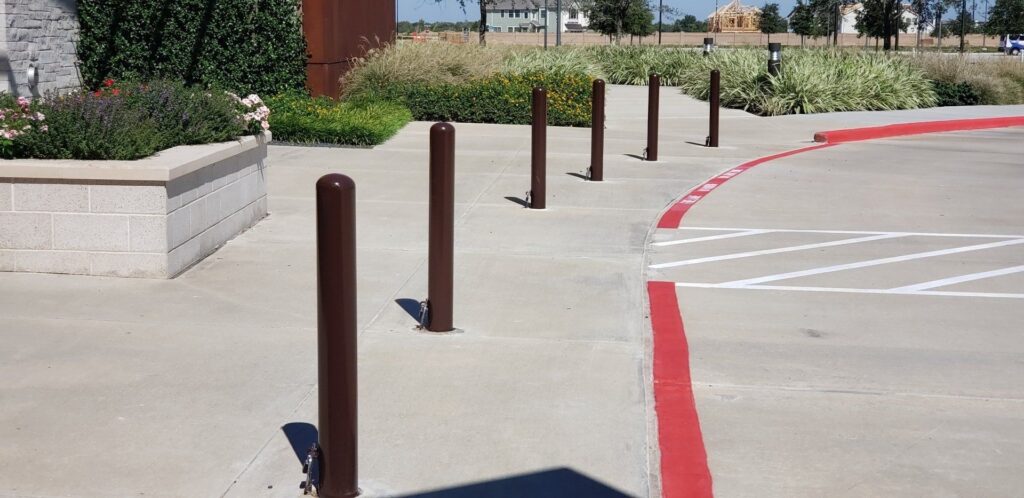
Removable bollards are engineered to regulate vehicle entry while permitting free pedestrian movement, and their success depends on the reliability of their locking mechanisms. Padlocks, a widely utilized form, provide a simple solution for securing bollards — just secure them with a key-driven or combination padlock. Another common choice is the internal locking system, which is incorporated within the bollard for improved safety and a streamlined look. These systems usually need a unique key to activate or deactivate the lock.
For users preferring an automated method, there are also automatic and semi-automatic models. These alternatives can be pneumatically, hydraulically, or electronically operated, and they allow the bollard to retract or engage via a button, offering a practical option for areas with constant traffic or regular permission changes. Finally, twist-and-lock methods are also popular due to their user-friendliness, where just a twist of a key or handle secures or frees the bollard.
Manual Locking Systems: The Reliability of Traditional Security Versus the Convenience of Modern Technology
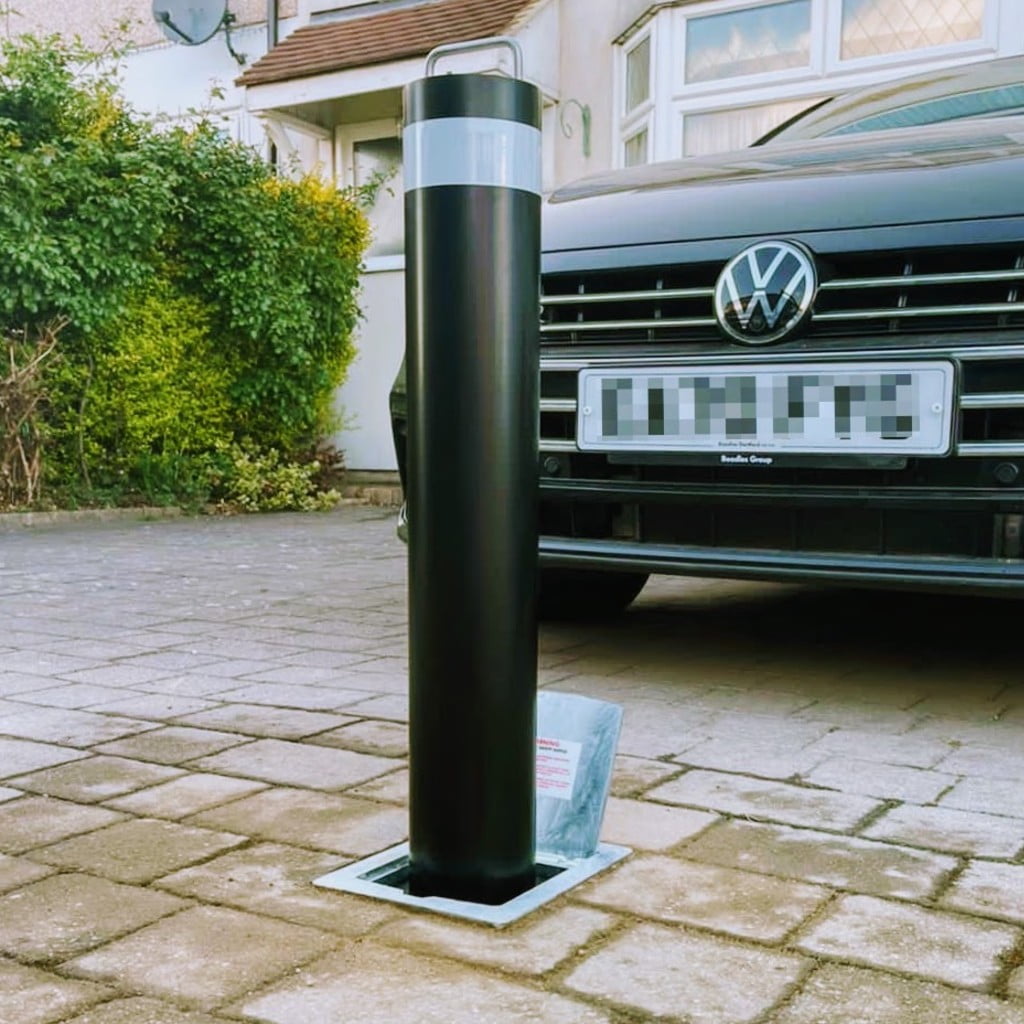
Manual locking systems have long served as reliable safeguards for homes, offices, and personal safes. These systems, which often include standard keys, deadbolts, or combination dials, require manual operation to activate or deactivate, providing users with a concrete sense of control and safety.
Independent of electrical power or internet access, they present a steadfast option that remains effective even during power failures or technical glitches. Their uncomplex design also leads to fewer components that could fail, resulting in less upkeep.
However, this simplicity can lead to issues with user-friendliness. While keyless electronic systems allow entry through codes, biometric scans, or remotely via smartphone applications, manual systems require a physical key and the user’s presence at the entry point, which can be inconvenient.
In situations where keys are misplaced or combinations are forgotten, regaining access can become a laborious ordeal that may involve hiring locksmiths or enduring lengthy reset processes. While manual locking systems create a substantial obstacle to unauthorized entry, they can also limit the accessibility for authorized users.
Enhanced Security Systems: The Convergence of Technology and Access Management
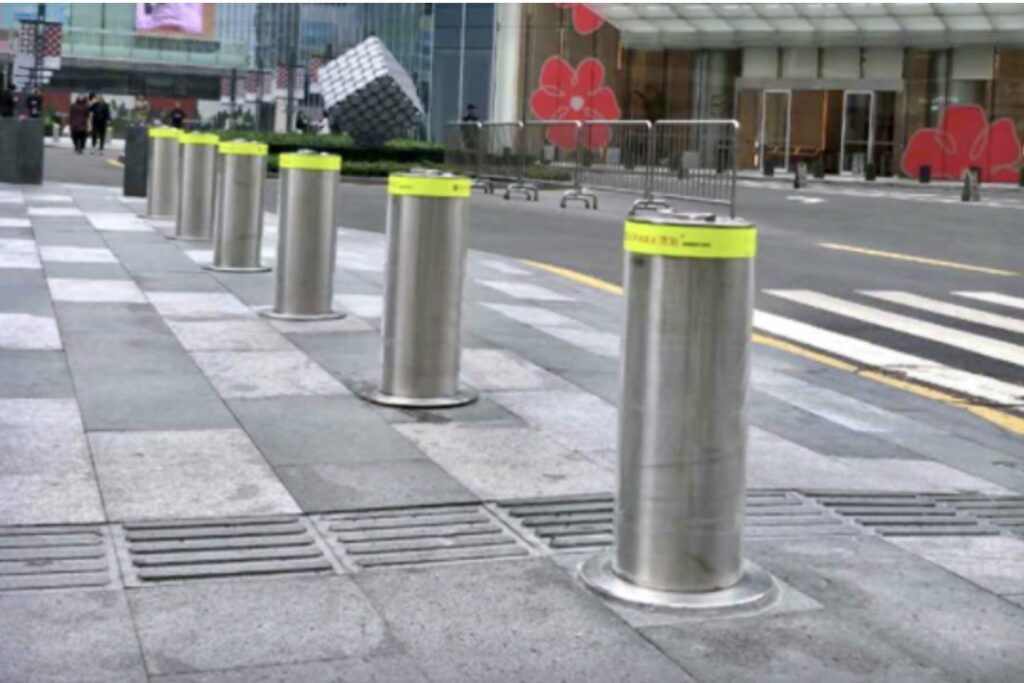
As society transitions increasingly toward digital integration, the safeguarding of our domestic and corporate environments has similarly adapted, with innovative automated locking mechanisms leading the charge in this technological advancement. These sophisticated systems deliver more than mere lock automation; they are designed to assimilate with smart home devices, offering users exceptional command over their premises’ ingress and egress.
With options such as keypads, biometrics, or smartphones, these locking mechanisms enable programming to recognize distinct individuals, establish tailored access times, and monitor entries and exits as they occur.
This superior level of security and personalization not only prevents unauthorized access but also grants an ease of use traditional locks cannot rival. The confidence in knowing that your estate is protected by such intelligent technology renders automated locks a necessary element in contemporary security measures.
The Impact of Material and Design on Bollard Locking Efficacy
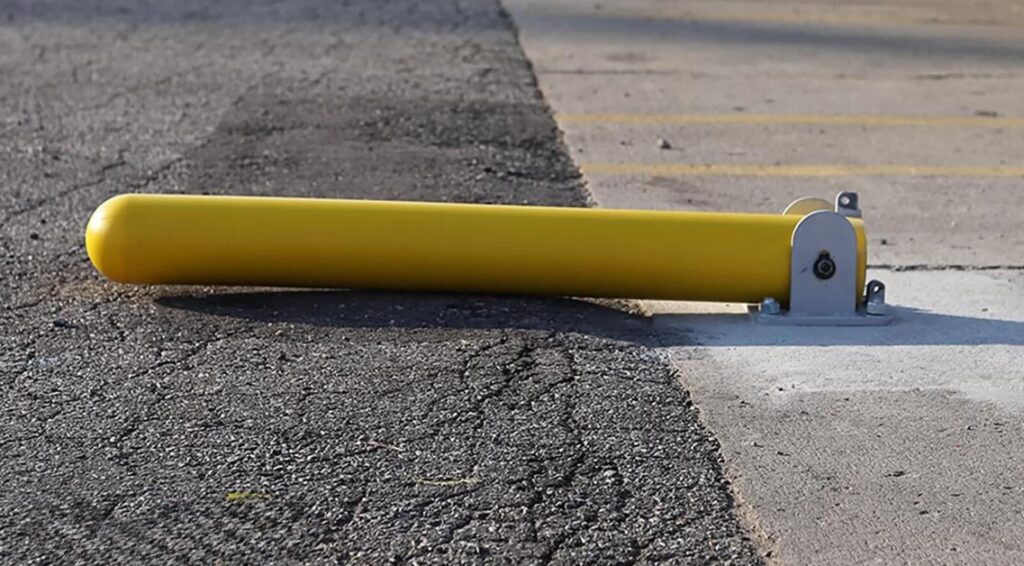
When discussing the effectiveness of bollards in maintaining security and controlling vehicular access, it’s important to consider how the choice of material and the details of design influence their locking mechanisms.
High-grade steel, often galvanized or stainless, is a popular choice offering high resilience against physical impact and environmental elements. On the other hand, concrete and plastic bollards serve different levels of deterrent capabilities and aesthetic values.
Equally important is the design of the locking system itself; a well-engineered mechanism should accommodate keyways that resist picking or drilling, and internal locking components that withstand tampering or force.
Ideally, bollards meant to secure sensitive areas should not only display formidable strength but also incorporate fail-safes that ensure they remain locked during power outages or electronic malfunctions. Ultimately, a bollard’s capacity to limit access hinges on manufacturing materials that can endure stresses and a design that upholds integrity against security breaches.
Maintaining Your Removable Bollards: Lock Durability and Servicing
Keeping your removable bollards in excellent working condition is key to ensuring they continue to serve their purpose effectively, whether it’s for traffic control, pedestrian safety or property protection.
An important aspect of bollard maintenance revolves around the care of their locking mechanisms which are necessary for their functionality. Regular cleaning and lubrication of the locks can prevent rust and corrosion, which are common issues due to exposure to the elements.
It’s also important to periodically inspect the locks for any signs of wear or damage, and to make timely repairs or replacements to avoid failures or security breaches. Servicing should be carried out by professionals who understand the specific details of bollard locks to guarantee that they continue to operate smoothly.
By implementing a consistent maintenance routine, the longevity and reliability of your removable bollards’ locking systems can be greatly extended, ensuring that they remain a steadfast part of your security measures.
When it comes to securing spaces while maintaining flexibility, removable bollards are a great choice. However, the effectiveness of these bollards greatly depends on the type of locking mechanism you select. It’s important to consider factors such as the frequency of access required, the level of security needed, and the ease of use. If regular access is needed, a quick-release or key lock system might be preferable, allowing for swift removal or placement.
Where security is of the utmost importance, heavy-duty locks with tamper-proof features are ideal. What’s more, environmental conditions should influence your choice, with weather-resistant materials being important for outdoor use. Ultimately, by carefully evaluating the specific needs of your location and balancing them with the attributes of various locking mechanisms, you ensure that your removable bollards provide both the security and the flexibility your space requires.




